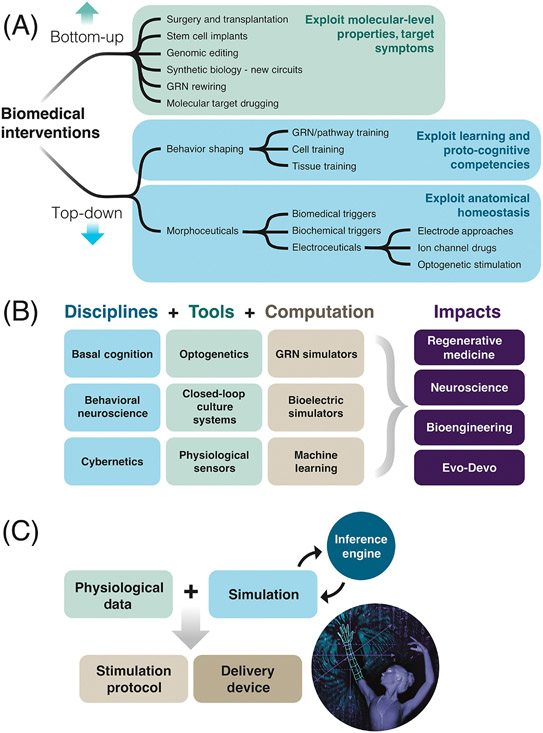Figure 7: The landscape of emerging biomedical interventions.
(A) Biomedical interventions can be classified into two main approaches. Bottom-up: conventional approaches such as genomic editing, molecular medicine, and stem cell biology seek to control outcomes by focusing on the micro-level hardware. Aside from successes in targeting low-agency invaders (antibiotics, surgery, and chemotherapy), permanent repair is very hard to accomplish: symptoms tend to recur when the intervention is stopped, and emergent system complexity makes it very hard to know which genes or proteins to target for a desired large-scale outcome. Top-down: these novel strategies leverage the host body’s native competencies, treating it as a computational, goal-directed navigational system and targeting its memories, assessment of current state, and effector subroutines. These include shaping cell and tissue behavior via experiences or via signals provided by morphoceuticals (interventions that target the decision-points of anatomical homeostasis) and a subclass – electroceuticals. (B) Tools, concepts, and computational frameworks from several different fields can be used to develop new ways to reprogram biological behaviors at different levels to advance regenerative medicine, neuroscience, synthetic bioengineering, and basic evolutionary developmental biology. (C) A basic workflow in top-down control for biomedicine consists of a simulation platform being fed physiological data, which can predict novel interventions (time-dependent stimuli) to shift system goals to states that effect long-term repair. These must be coupled with protocols for applying such interventions, and a delivery technology (e.g., a wearable bioreactor or smart implant). Images from Jeremy Guay of Peregrine Creative, used with permission.

